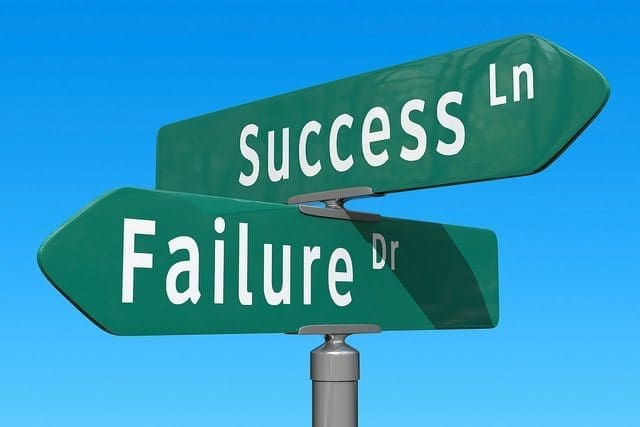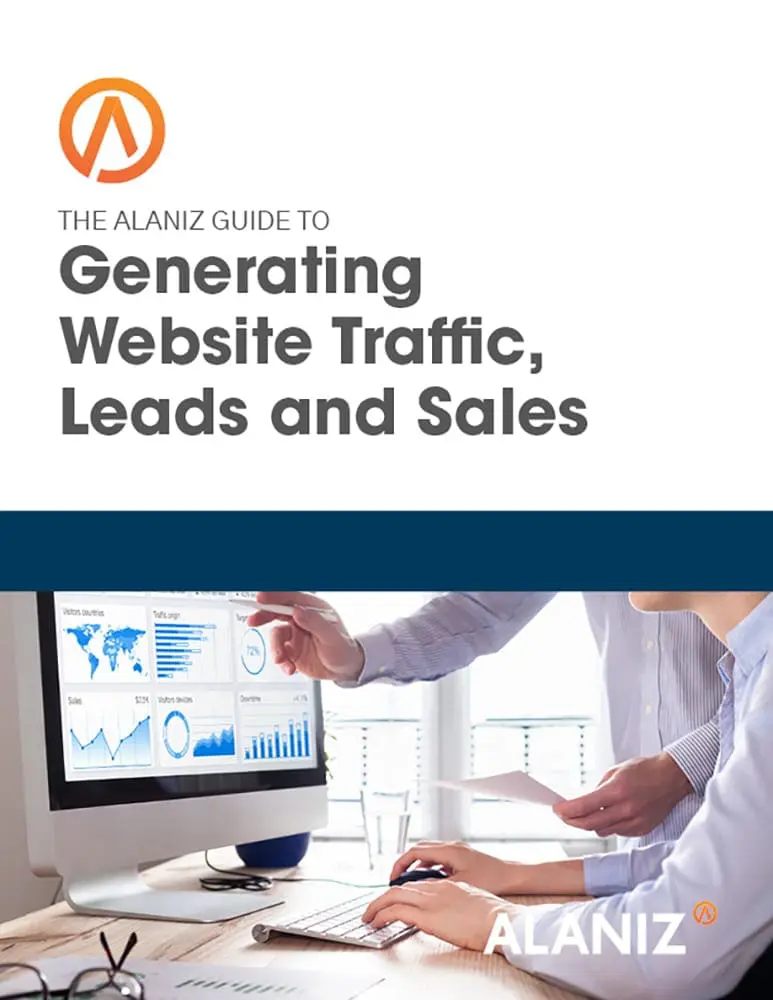 So, you’ve recently spent a lot of money on either marketing automation software, an inbound marketing strategy, or maybe even both. I’m sure the questions “Are these investments worth it?” “Do these strategies work?” have come up quite often. What can you do to generate the results you’re looking for?
So, you’ve recently spent a lot of money on either marketing automation software, an inbound marketing strategy, or maybe even both. I’m sure the questions “Are these investments worth it?” “Do these strategies work?” have come up quite often. What can you do to generate the results you’re looking for?
For an increasing number of organizations the answer is not clear. Far too often an investment in marketing automation only leads to a short-term increase in activity, with little to no measurable revenue results to point to. While there are hundreds of tasks that must be managed to ensure success in your inbound marketing campaigns, all of these “tasks” can be put under the umbrella of one of two things:
- Strategy
- Process
…and between these two concepts, lie three reasons why your inbound marketing could be failing.
1. Bad strategy/Bad process
Let’s start with the obvious one first. If you don’t have either a strategy or a process for your inbound marketing you’re not going to get very far. This is where most marketing organizations find themselves before choosing to implement an inbound strategy. However, the common mistake here is that companies will implement inbound marketing completely unaware of the magnitude of the task, and the time it may take to establish steady results. As a result, they quickly become disillusioned and abandon ship.
2. Good strategy/Bad process
Companies that find themselves here have taken the time to get a clarity on who they are, who their audience is, and what they can use to target said audience. The frustration in this category comes from an inability to scale their growth. The underlying cause in this is that prospects have transformed the way they make decisions (By 2020 Gartner predicts customers will manage 85% of their relationships with companies without ever directly engaging with a human.), and the marketing/sales processes haven’t caught up with the times quite yet.
3. Bad strategy/Good process
This is an easy place to find yourself in once you’ve bought into inbound marketing. Your business makes an investment into marketing automation. Your marketing team will start emailing, creating offers, landing pages, and blasting out messages through social media. They’ll start to see some engagement, and some increase in organic traffic, prompting them to speed up the process, thinking more will be better.
The problem here lies with the lack of clarity. There is no specific results set (other than increasing revenue), buyer personas are non-existent, and the messaging lacks focus. Without the strategy you’ll see many contacts come and go, but very few (if any) interested in buying.
The key to success is actually very simple (I do not by any means, mean easy). You must match a good strategy with a good process.
Strategy
A good marketing strategy is the key to building, gaining, and sustaining predictable results. The first (and most important) step in succeeding with inbound marketing is do develop an effective strategy, which consists of:
Goals
Clearly define the results you desire. It’s not enough to say you want to increase leads by 50% or increase sales by 20%. You must set S.M.A.R.T. goals. S.M.A.R.T. goals are specific, measurable, attainable, relevant, and timely. This means that you clearly define what you want to do, how you’re going to measure the success of it, whether or not that goal is realistic/attainable, that it is relevant to your marketing team, and when you plan on reaching that goal by.
An example goal would be “By the end of January, I would like to see 10 sales-qualified leads.” While your company’s size and current efforts will decide whether this goal is attainable, it is specific, measurable, relevant, and timely. Setting your goals based on metrics such as the number of SQL’s is a good place to begin, as it is a metric that can impact your bottom line.
Buyer Personas
One of the most important aspects of your inbound marketing strategy is going to be content creation. Blogs, videos, whitepapers, slide decks, etc. are what’s going to help you drive engagement and develop yourself as a thought leader. The key to creating said content and making it engaging lies in buyer personas.
Buyer personas are important because they are going to give you the answers you seek about your audience. What are their pain points? What questions do they have about the product/service? How can I solve their problems? Usually, if you aren’t seeing results from your content marketing, the culprit is a lack of clarity over who the content is designed for and what they care about/want to see.
Thought Leadership
A powerful message isn’t about you, your products, your services, or your solutions. A powerful message is one that challenges your customer’s thinking, educates your customers, and can lead them on a path to results.
Process
If you have a great strategy in place, but are still failing to see results, the most likely culprit is an ineffective process. A good process is going to be the backbone of your strategy and will provide you with the opportunity to make your strategy scalable.
An effective inbound marketing process embraces the complete marketing funnel, from the top-of-the-funnel used to drive traffic and engagement to the middle-of-the-funnel nurturing approaches that create defined opportunities, which you can nurture to bottom-of-the-funnel leads that sales will have an easier time closing.
A well-thought out process will also help you in implementing your strategy. How often you plan on blogging, when you’ll be running webinars, when to send emails, how often to send emails, etc. are all important tasks that having a defined process for, will help you successfully implement and scale your marketing strategy. A process also helps you in assigning responsibility to your marketing team, who’s doing what, and when it needs to be done by.
Of course, a good process will only get better over time as you compile data of what works and what doesn’t work. Email send times/dates, webinar times/dates, topics for your blog, etc. The best process you can have is one that you’re always looking to improve. If you would like to learn more about the core components to inbound marketing, check out our free 6 Core Components of Inbound Marketing ebook below.
*Image Courtesy of Chris Potter via Flickr




